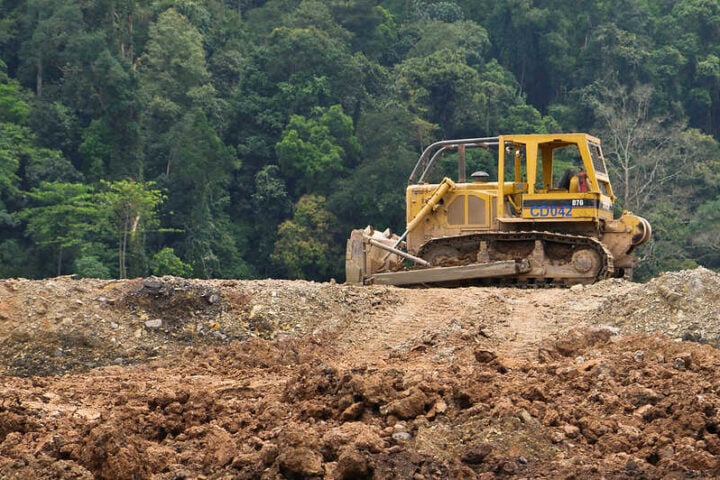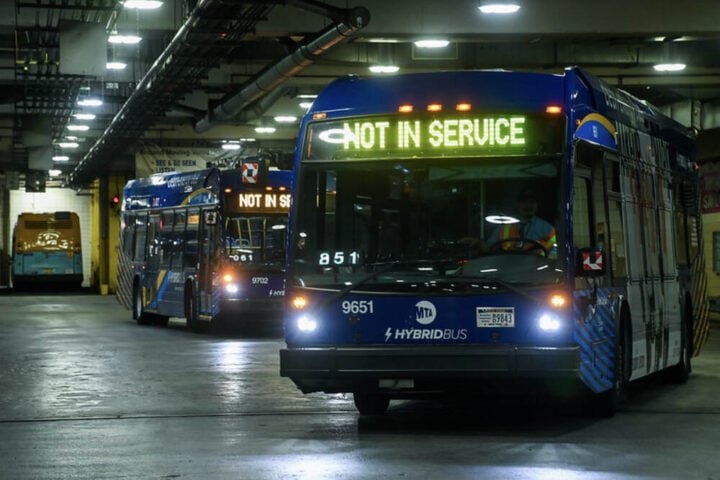A coastal flood advisory has been issued for New York City’s five boroughs, but the culprit isn’t rain, this time. The National Weather Service spokesperson explained to PIX11 News that the supermoon has altered the tide cycle, leading to higher tides along the shore.
The supermoon’s gravitational pull is stronger during full and new moons, resulting in higher sea levels. With this supermoon being the closest of the year, at about 222,056 miles from Earth, its gravitational influence is even more pronounced, potentially causing flooding during high tide cycles.
Meteorologists also noted that a storm system off the Virginia coast is contributing to the higher seas. NotifyNYC released coastal flood advisories for various parts of the five boroughs, effective from 8 p.m. Thursday through 2 a.m. Friday. The agency cautioned about possible flooding on low-lying roads and properties near shorelines.
The National Weather Service issued a coastal flood advisory at 5:23 p.m. on Thursday, valid for Friday between 7 a.m. and 1 p.m. for Middlesex County. “Very high astronomical tides are occurring and with northeast winds creating a small surge, the combination will result in minor flooding around the time of high tide mid-day Friday for east coastal areas & Cape & Islands.” the weather service said. “Shallow pockets of flooding less than one foot deep affects the lowest lying areas along the coast, including Morrissey Boulevard in Boston. Roads remain passable. Shallow pockets of flooding less than one foot deep affect more vulnerable coastal roads along the North Shore from Salem and Gloucester to Newburyport. Low lying areas and roads near Nantucket Harbor, including Easy Street, may experience pockets of shallow flooding less than one foot deep,” they added
According to the weather service, flooding may begin on the most vulnerable roads in coastal and bayside communities, as well as along inland tidal waterways, at this level. Some partial or full road closures are possible. “If travel is required, allow extra time as some roads may be closed. Do not drive around barricades or through water of unknown depth. Take the necessary actions to protect flood-prone property,” the weather service advised.
Similar Posts
According to the United States Environmental Protection Agency, coastal flooding is a blaring indicator of climate change and has dire consequences on the quality of human life. Rising sea level has a massive impact on wetlands that bear the brunt of these changes caused by the climate crisis. It erodes shorelines and causes coastal flooding, as seen by the rising number of coastal flooding warnings along the coasts of the USA. It also affects infrastructure as they become more prone to damage from storms.
The NASA Jet Propulsion Laboratory states that all U.S. coasts shall experience rapidly increasing high-tide floods by the 2030’s; especially during a lunar cycle which enunciates the effects of the rising sea levels that have been caused by climate change.
This shall result in dramatic flood numbers, according to a study led by the members of the NASA Sea Level Change Science Team from the University of Hawaii, the new study shows that high tides will exceed current flooding thresholds more often.
“Low-lying areas near sea level are increasingly at risk and suffering due to the increased flooding, and it will only get worse,” said NASA Administrator Bill Nelson. “The combination of the Moon’s gravitational pull, rising sea levels, and climate change will continue to exacerbate coastal flooding on our coastlines and across the world.”
Low-lying and flood-prone areas are particularly at risk, and residents should heed the advice of local authorities and the National Weather Service to ensure their safety.
The combination of the supermoon’s gravitational pull and the storm system off the Virginia coast has led to a coastal flood advisory in New York City. While no rain is forecast, the higher-than-normal tides pose a significant risk to low-lying areas. As the city braces for potential flooding, it is essential for residents to stay vigilant, follow evacuation orders if necessary, and take appropriate measures to protect their properties. By learning from past events and staying informed about current conditions, New Yorkers can better navigate the challenges posed by coastal flooding in the face of a changing climate.
















